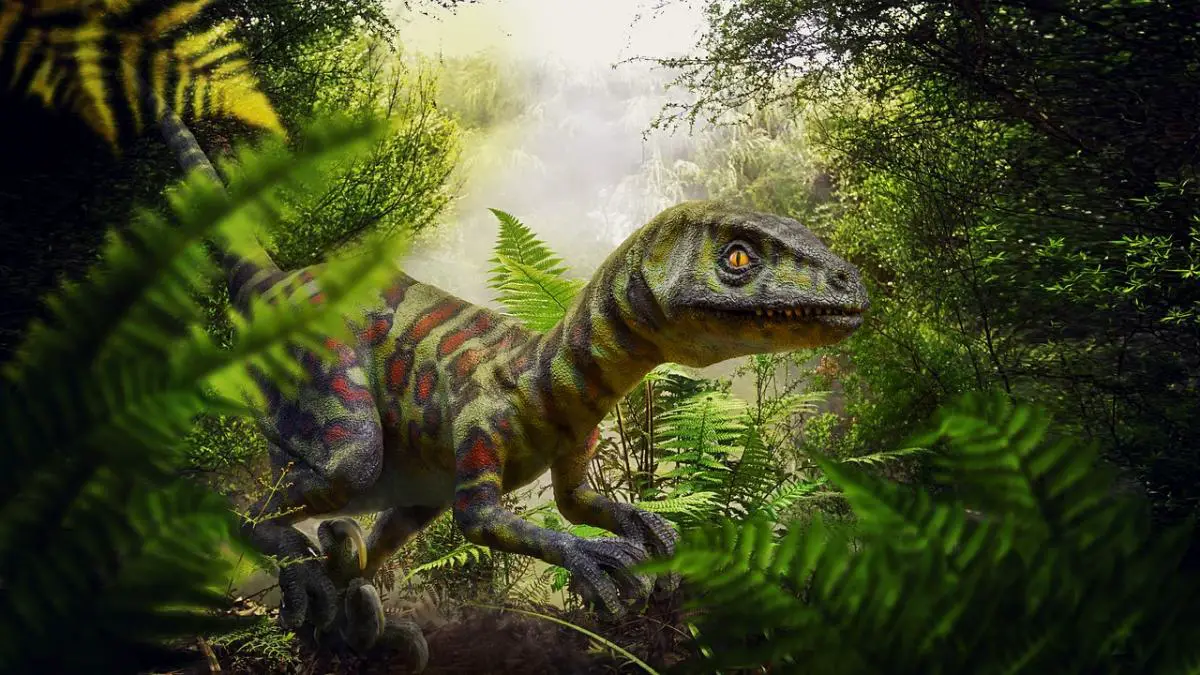

Cretaceous, the period in which flowering plants appeared.
The evolution of plants is a fascinating subject, since hundreds of millions of years have elapsed from the first green algae to the appearance of modern species. But if we focus on investigating those that produce flowers and protect their seeds in a fruit, the adventure of knowledge is even more interesting if possible, because today most plants that beautify our gardens and homes have these characteristics.
For this reason, the researchers will not stop until they resolve all the doubts that arose and are emerging today. Thanks to this, today we can know what prehistoric flowers were like.
What are flowering plants?
These types of plants are known for angiosperms. That is a name that comes from the Greek, and is composed of angión (means glass or amphora), and sperma (seed). In other words, angiosperms are those plants that protect their seeds in a fruit. But in addition to that, they usually produce very showy flowers.
It is believed that they began their evolution during the Cretaceous, about 140 million years ago. At that time it would not have been easy for any of us to survive, since the Earth was ruled by dinosaurs, and the climate was considerably warmer than it is today, especially in the early and middle of the era, when the temperature of the tropical ocean they were between 9 and 12ºC higher than what there is now.
With such a warm climate, insects were able to grow and diversify, something that would undoubtedly ‘force’ plant nature to find other ways to adapt to the environment. One of those ways was the appearance of flowers of colors, shapes and / or attractive smells for these insects. From then on, both angiosperm plants and animals (particularly herbivores and omnivores) were able to evolve even faster, adapting better and better to the place where they lived.
What were the first flowers like?


Image – CNRS
Currently, we are fortunate to be able to live on a planet where there are some 300.000 species of angiosperm plants that live somewhere in the world. Trees, shrubs, palms, bulbous, herbaceous, climbing plants, cacti and succulents, … There are many, and a large number of them can brighten our lives if we grow them in the garden, patio, balcony, terrace and / or in the garden.
But one of the questions that has been most interested in solving is: what was that first flower like? What were its characteristics? Does it look anything like other modern flowers? Well, it turns out that a study that has been published in the scientific journal Nature, shows one that is, let’s be honest, very pretty.
In order to have more or less an idea of what they were like, what the researchers did was combine several evolutionary models with a series of current flower data. A few flowers that served for the study were, for example, those of the willow, magnolia, lily or the Bird from paradise.
The result suggests that the first flower was hermaphroditethat is, it had both male and female parts, and that its petals were arranged three by three. As for the size and color, it is a bit difficult to tell. With the data that they have used, it seems that it was white, and medium, perhaps 3-4 centimeters in diameter, but as I say, without more information this is still just theories.
Where was the oldest flower discovered?


Image – Wikimedia / Luis Fernández García
So far, we have talked about a scientific experiment, but… now let’s move on to the fossil remains. Where were the first flower? Well, you might be surprised: the discovered remains of the first flower are found in Spainspecifically, in the mountainous region between Lleida and Huesca, in the Iberian System and the Sierra del Montsec.
His scientific name is montsechia vidaliiand according to a study carried out by various universities, such as Barcelona, and published in the Proceedings of the National Academy of Sciences, have found that lived 130 million years agoin the Cretaceous too. To know exactly its age, characteristics and way of life, the experts analyzed more than 1000 fossil remains, and they knew that it is the most curious, since it did not have petals or sepals, but did have fruits that served as protection for the seeds, which is why why it is considered an angiosperm.
In addition, was able to survive under watera liquid that served as a means for pollen to reach other flowers and thus pollinate them, giving rise to numerous specimens.
Consequently, it was undoubtedly a plant that must have served as a refuge for aquatic life.
What do you think of these flowers? As you can see, although they are prehistoric, they do not necessarily have to be not very pretty. If they existed and were marketed today, would you like to grow one in your garden or patio?

One thought on “This is how flowers were more than 100 million years ago”